 History
History  History
History  Animals
Animals Ten Times It Rained Animals (Yes, Animals)
 Mysteries
Mysteries 10 Devastating Missing Child Cases That Remain Unsolved
 Creepy
Creepy 10 Scary Tales from the Middle Ages That’ll Keep You up at Night
 Humans
Humans 10 One-of-a-kind People the World Said Goodbye to in July 2024
 Movies and TV
Movies and TV 10 Holiday Movies Released at Odd Times of the Year
 Politics
Politics 10 Countries Where Religion and Politics Are Inseparable
 Weird Stuff
Weird Stuff 10 Freaky Times When Famous Body Parts Were Stolen
 Miscellaneous
Miscellaneous 10 Interesting Things Manufacturers Stopped Making and Why
 Gaming
Gaming 10 Funny Tutorials in Games
 History
History 10 Desperate Last Stands That Ended in Victory
 Animals
Animals Ten Times It Rained Animals (Yes, Animals)
 Mysteries
Mysteries 10 Devastating Missing Child Cases That Remain Unsolved
Who's Behind Listverse?

Jamie Frater
Head Editor
Jamie founded Listverse due to an insatiable desire to share fascinating, obscure, and bizarre facts. He has been a guest speaker on numerous national radio and television stations and is a five time published author.
More About Us Creepy
Creepy 10 Scary Tales from the Middle Ages That’ll Keep You up at Night
 Humans
Humans 10 One-of-a-kind People the World Said Goodbye to in July 2024
 Movies and TV
Movies and TV 10 Holiday Movies Released at Odd Times of the Year
 Politics
Politics 10 Countries Where Religion and Politics Are Inseparable
 Weird Stuff
Weird Stuff 10 Freaky Times When Famous Body Parts Were Stolen
 Miscellaneous
Miscellaneous 10 Interesting Things Manufacturers Stopped Making and Why
 Gaming
Gaming 10 Funny Tutorials in Games
10 Things You Didn’t Know About Chinese New Year
Happy New Year! That’ll be more relevant if you read it to yourself in Chinese. Chinese New Year is widely celebrated around the world, with cities like San Francisco and London boasting gatherings of hundreds of thousands of people. Even so, for most of us, this particular cultural export is about little more than Chinese food, fireworks, and bright parades. Let us help you start your new lunar year by learning more about it.
10 The Nian Legend
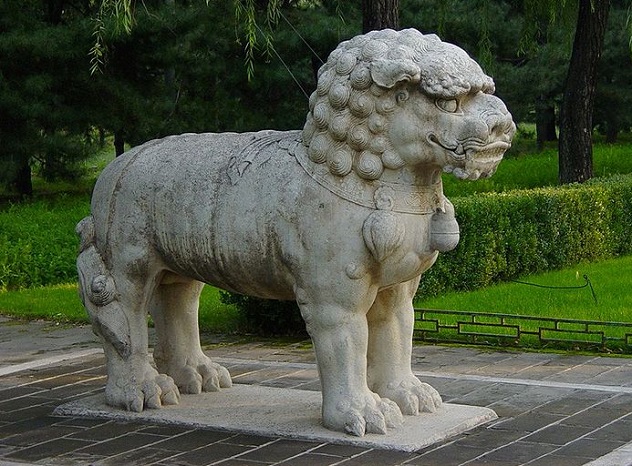
The traditions of the New Year celebrations are the sort of thing you’d expect to find in most human festivals—light, bright colors, and plenty of noise. For the Chinese New Year, these things have a specific reason to exist—at least, according to legend.
In the distant past, stories say, there was a great beast named Nian. The people lived in fear of this monster that had the head of a lion and the body of a bull. Every winter, when food in the countryside was becoming scarce, Nian would raid human settlements and take what it could.
Eventually, someone figured out that Nian appeared to be scared of three things—the color scarlet, loud noise, and fire were said to frighten the beast. With that in mind, villagers hung scarlet on their houses, set fires in front of their doors, and stayed up all night making a ruckus. The tactic worked—when Nian showed up, it scuttled back into the mountains in fear. Everyone celebrated, and though Nian never returned, the traditions continue just to be certain.
9 Fireworks
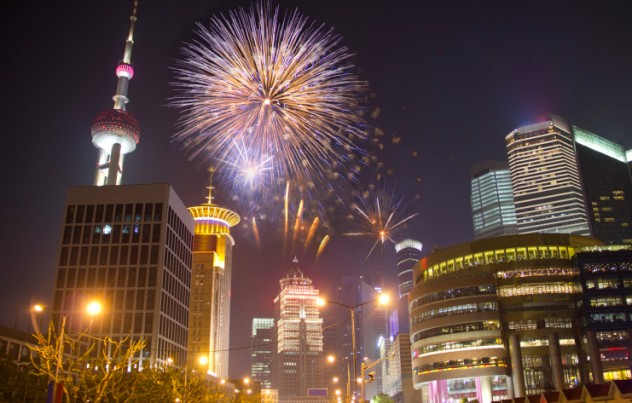
There’s probably no more iconic part of Chinese New Year festivities than fireworks. Even countries far removed from China, such as the UK, make special allowances for people to blow things up in celebration. China produces 90 percent of the world’s fireworks and they’re loathe to celebrate the Spring Festival without them. These colorful explosions do have their downsides—in 2012, fireworks caused nearly 6,000 accidents on the first day of celebrations alone.
An even more pressing issue is air pollution. China’s smog problem has made headlines for breaking records in all the wrong ways and millions of people exploding gunpowder at the same time is the sort of thing that really doesn’t help. If the air pollution levels in Beijing are classified as orange or red on the country’s warning scale come the 31st of January, people won’t be allowed to use fireworks at all. Hopefully, they have a backup plan in case the ban prompts a return from Nian.
8 Superstitions
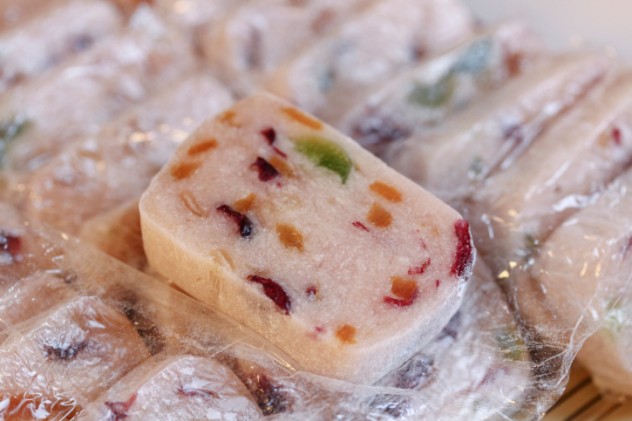
There’s a lot of superstition behind many of the traditions that come with the Spring Festival celebrations. One of the most popular is thoroughly cleaning the house before the New Year, as this is thought to sweep away all of the previous year’s bad luck. Cleaning on New Year’s Day itself will wash away the good luck of the New Year, however. That also means no washing your hair. Using knives or scissors will cut the luck away. Any talk of ghosts is forbidden, and since crying is considered unlucky, children go the day without being punished.
Much of the food consumed during the celebrations also has meaning. One of the most popular foods, the meat-packed jiaozi dumplings, symbolize prosperity. They are often shaped like a crescent, as crescent ingots were used as currency in ancient China. Chickens are served whole to represent family unity, while the roundness of sweet puddings represents reunion.
Another tradition is the eating of sticky rice cakes. According to myth, the Kitchen God watches families throughout the year. During the New Year, he goes to the Jade Emperor, the ruler of heaven, to give a report. In order to avoid any negative feedback, the people of the household eat sticky cake, which is said to pass onto the lips of the Kitchen God. This keeps his mouth stuck shut and encourage him to pass on a “sweetened” version of events.
7 The Chinese Government
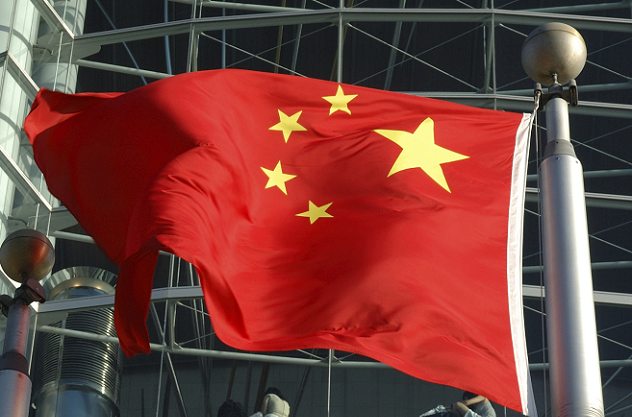
The people in charge of China have a rather strained relationship with the New Year. When the General Office of the State Council published the official holiday schedule for 2014, they missed Lunar New Year’s Eve altogether. It had been part of the calendar since 2007, because employers were letting workers have some or all of the day off anyway. By including it as part of the official vacation days, the country got back a day of productivity.
Removing New Year’s Eve from the calendar wasn’t a popular move. A poll of 169,000 people found that 82.7 percent of the Chinese public were unhappy with the move. Many of them took to the Internet to express their frustration. One impressively passive-aggressive user suggested he would be visiting eight different government bureaus on the day, to make sure they were playing by their own rules. Another blogger brought up the law introduced earlier in 2013 that made it compulsory for people to visit elderly relatives, noting that the government wasn’t making it easy to comply.
In other areas, the Communist Party is using New Year to appease the population. With corruption rife among the government, the Central Commission for Discipline Inspection has banned the practice of buying gifts with public funds during the Spring Festival. Officials had previously used public money to buy everything from food to tobacco during the celebrations, but gifts will now only be allowed if they are to “console” government employees in financial difficulty.
6 Human Migration And Diapers
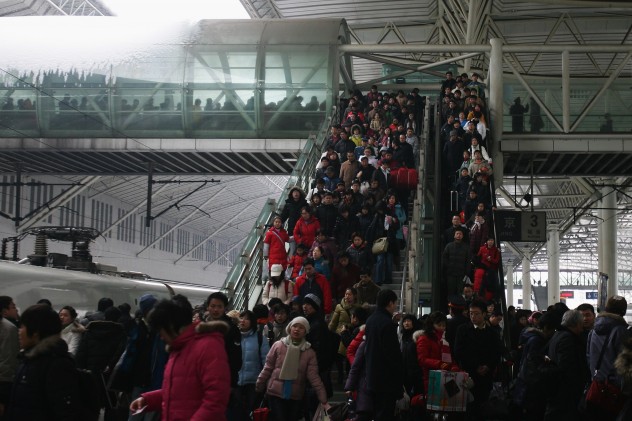
The travel season of Chinese people returning home for Spring Festival, known as Chunyun, is the largest annual human migration in the world. Each year, over 700 million people make a combined total of nearly 3 billion journeys, combining road and rail with ferries and airplanes. The rush is growing, with demand for trains predicted to be 8 percent higher in 2014 than last year.
People need to queue day and night, sometimes outside, to get a train ticket. Scalpers run rampant, while some people simply produce fake tickets, hoping that the tired and overworked rail staff either won’t notice or care. With trains packed to double their usual capacity and many people traveling for more than 24 hours, reaching the toilet can be a huge problem. Supermarkets report that sales of adult diapers increase by 50 percent during Chunyun. That sounds horrible for everyone else crammed up next to a diaper wearer, but it’s probably better than the alternative.
5 Gung Haggis Fat Choy
Around the same time that the Chinese are marking the start of the Lunar New Year, the people of Scotland celebrate the life of the poet Robert Burns with a Burns supper. In Vancouver, fifth-generation Chinese-Canadian Todd Wong decided that haggis and fireworks had been combined far too little, so he decided to mesh together Burns night with the Spring Festival. The resulting celebration was named Gung Haggis Fat Choy. If you ever wanted to see someone wearing a Chinese lion head costume and a kilt dancing to bagpipe music, then your oddly specific wishes can be fulfilled.
The event has also picked up a following in Seattle as well as Wong’s local Vancouver, and soon the night gained fame worldwide. On British TV show QI, host Stephen Fry called it the “Chinese Burns Night.” Wong himself traveled to Scotland as part of a celebration of Scottish culture abroad, where he met national politicians in a very dapper combination of Chinese silk and tartan.
4 Poultry Production And Flu
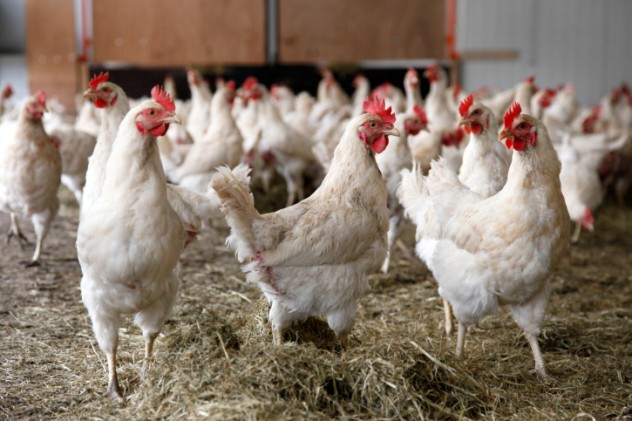
Chinese poultry production reaches its peak in November and December in preparation for the New Year feasts. It’s an important time for chicken farmers. The increase in bird numbers as 2013 drew to a close brought with it a problem, though—the reemergence of bird flu.
The problematic strain of the disease was first detected in March 2013 and poultry markets were shut down for a couple of months. Another case was reported in October, and shortly thereafter, a woman died after catching the H7N9 strain. In Shanghai, the authorities have announced they will close live poultry markets for three months starting on New Year’s Eve. Older residents aren’t too happy about it—they’re used to buying live chickens during the spring festival to make soup and fear this ban will change the feeling of the celebration. It is something they will have to get used to, though, as the city’s 117 markets will be shut down during the festival for the next five years.
3 Nianhua
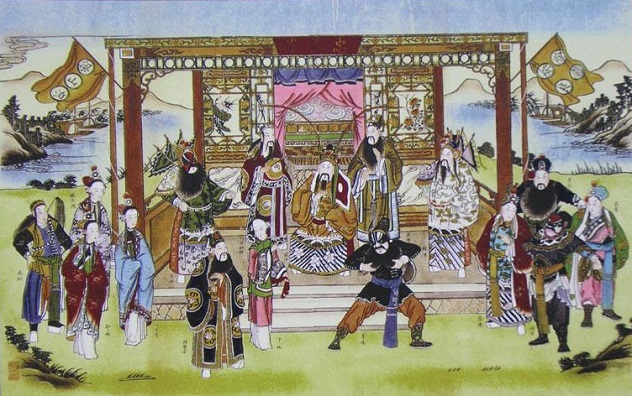 Nianhua, or New Year pictures, are decorations that are traditionally hung on doors during the Spring Festival. The practice is particularly popular in the countryside and was recorded as far back as the Song Dynasty over 800 years ago. The images are brightly colored scenes of prosperity and good luck. Symbols such as birds and types of fruit are popular, with one of the most common scenes being a plump baby with a really big fish.
Nianhua, or New Year pictures, are decorations that are traditionally hung on doors during the Spring Festival. The practice is particularly popular in the countryside and was recorded as far back as the Song Dynasty over 800 years ago. The images are brightly colored scenes of prosperity and good luck. Symbols such as birds and types of fruit are popular, with one of the most common scenes being a plump baby with a really big fish.
During the mid-20th century, the Communist Party turned the Nianhua into a source of propaganda. They kept the style, but not the message. One “new Nianhua” picture shows the traditionally plump Chinese children, but instead of lounging around, they’re washing clothes, performing carpentry, sewing, and harvesting food. These images became the most common sort in homes, not because they were popular, but simply because the government stopped the distribution of anything else. When more freedom was granted in the 1980s, more traditional images shot back to the forefront and the youngsters were once again paired with giant fish.
2 The Generation Gap

While the press has a lot to say about millennials, the generation gap in the West is nothing compared to that in China. Chinese people born since the 1980s have a very different view of the world than their parents, and at no time is this more pronounced than during the Spring Festival.
Among the traditions some see fading among the young are visits to senior relatives, family reunion dinners, and the practice of giving young family members envelopes filled with cash called ang paos. Many in their twenties have nothing in common with their relatives and would rather spend the time with their friends, who are generally a more important part of their lives.
Chinese millennials are also choosing to marry later and avoid traveling home to escape the nagging about their personal lives. Many of China’s young adults actually go on holiday for the break, which has provided a big economic stimulus for Asia’s tourist industry. Even if they do choose to go home, many are only doing it to get their envelope of cash and will spend the time chatting to friends online.
1 The Year Of The Wood Horse
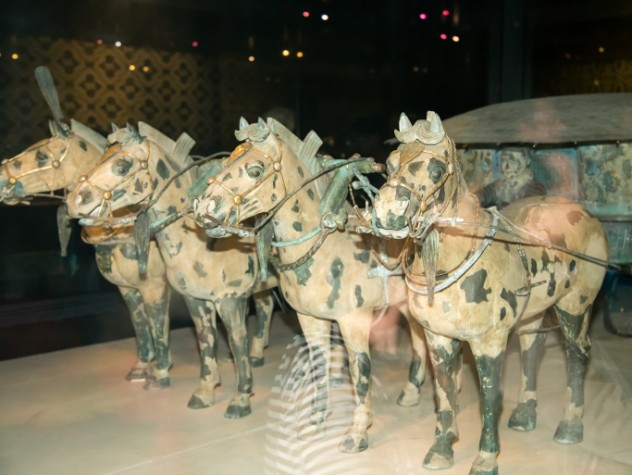
According to the Chinese zodiac, the year starting January 31 is that of the horse. The celebrations in Singapore’s Chinatown are themed “Galloping to Prosperity” and golden horses are among the decorations lining the streets. Aside from giving organizers a chance to use puns, what does it mean?
Feng shui experts predict that the year will be a particularly good time for people to get married and have children. One of them recommends that mothers should “avoid giving birth between May and August if possible,” suggesting a worrying lack of understanding about that whole process. It’s a good year for those born in the years of the ox, the goat, and the dog. If you’re a rat, a tiger, or a monkey, though, you might not fare so well.
Alan’s favorite part of any celebration is the food. He’ll be marking Chinese New Year by consuming a preposterous quantity of noodles.








